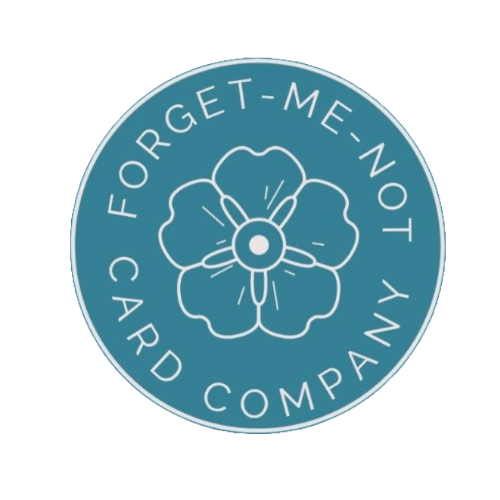A PolyChromatic Card
Playing with Color
Good day, fellow crafters. Today I am creating a polychromatic card, which means I am going to select five or more colors and then specifically select the hues that are positioned opposite each other on the color wheel. This technique offers visual appeal, expressiveness, creativity, and symbolism. With a diverse color palette, you can convey a wide range of emotions and enhance the message of the card. Warm colors like red and orange symbolize passion, while cool colors like blue and green evoke tranquility. For my card, I chose to include pinks and greens to add a touch of playfulness, freshness, and balance. Pink can evoke feelings of sweetness, romance, and tenderness, while green can represent growth, harmony, and nature. By including pinks and greens alongside other colors, you can further enhance the expressive range and visual appeal of your polychromatic card. I hope you enjoy.
To create the background for this card, I first begin by getting my supplies in order. I chose to use a piece of premium heavyweight light green cardstock, Altenew’s Poppy Arrangement stamp set, Zig watercolor markers, silver embossing powder, embossing ink, a heat gun, black pigment ink, and assorted crafting tools. With everything ready at my fingertips I set to work.
I started by placing my cardstock securely in my Misti, aligning it precisely for my desired stamped image placement on the card. With the clear embossing ink, I carefully inked up the stamp and pressed it onto the cardstock, ensuring even pressure to avoid any blank spaces. Once the image was stamped, I generously covered it with silver embossing powder, removed the excess, and set it using a heat gun. Using embossing powders is a technique I often employ in my work, especially when I plan to use watercolors. It serves two purposes: providing non-smudging guidelines for coloring and creating defined areas that prevent unintended color blending.
Moving on to the coloring step, my favorite part of the process, I'll be using Zig watercolor markers. What I love about these markers is that they function like regular markers, allowing me to color my images with ease. By adjusting the pressure, I can create lighter or darker areas, enabling me to achieve shading effortlessly. The real magic happens when I introduce water using a water pen brush or a regular watercolor brush. With a gentle brush stroke, the water activates the pigment, giving me the freedom to move and blend the colors on my image. This versatility allows me to create beautiful gradients and achieve a natural, blended look. Once I'm satisfied with the coloring, I let my artwork dry completely before adding any additional details. Using Zig watercolor markers adds an extra level of enjoyment and flexibility to my coloring process. I have included all of the colors I used in the image on the right if you are interested.
The next step was to add the sentiment, also from the Poppy Arrangement set, to the card background with black pigment ink. However, I felt that, even though this was the sentiment I wanted to use, and my image was where I wanted to place it, the background need some more distinction. So in order to take up some of the available space I used a speckling technique with some light brown to give the card some more coverage.
The last step was to assemble the card. I first trimmed the background and a nice black mat to their final dimensions and then used a die from my stash to give it some visual appeal. I also used my rounded corner die to round over the edges of my pre-cut A2 Vanilla card base. Once the die cutting was complete I adhered everything together.






